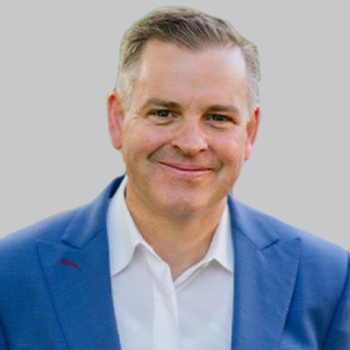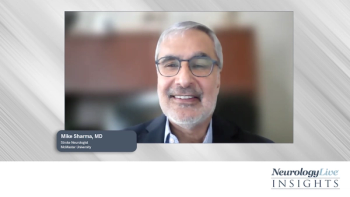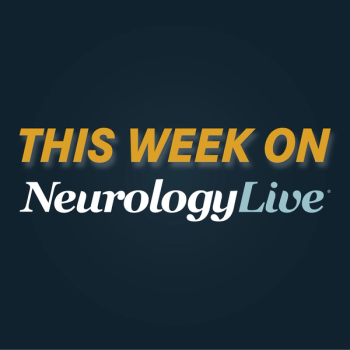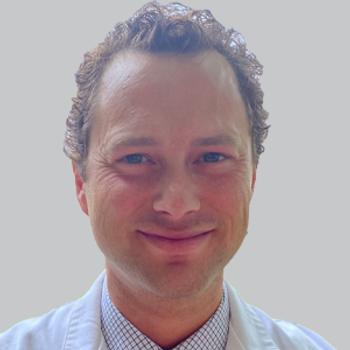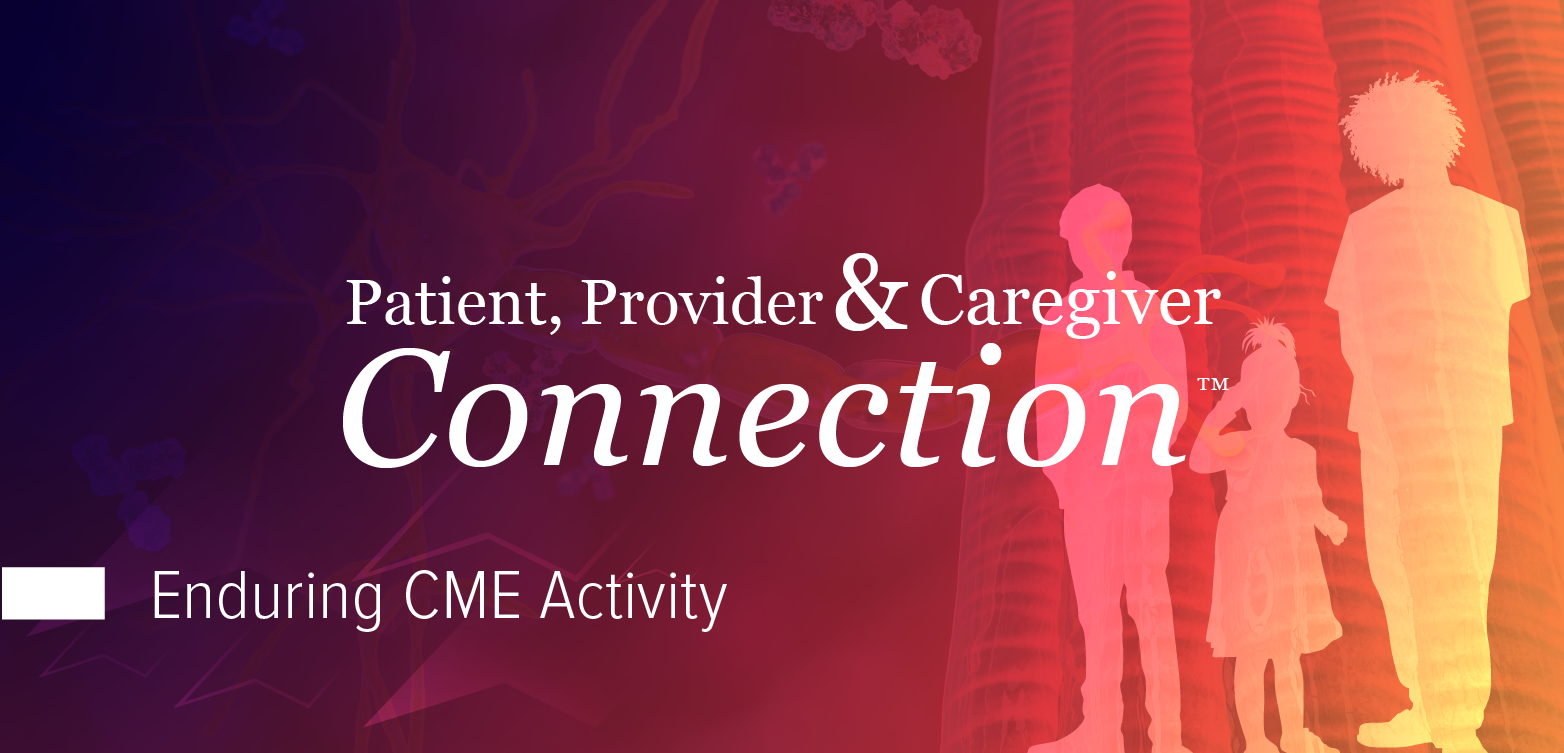
Reviewing Evidence-Based Rehabilitation for Voice and Movement in Parkinson Disease Care
Cynthia Fox, PhD, CCC-SLP, CEO and co-founder of LSVT Global, discussed the evolution of rehabilitative therapies in PD and stressed early referrals for speech, physical, and occupational therapy.
Parkinson disease (PD) and related movement disorders can significantly affect a patient’s ability to communicate and move effectively. One of the hallmark symptoms is a progressive change in voice quality, often resulting in soft, breathy speech that lacks normal pitch variation, making verbal communication more difficult and less expressive. In addition to speech impairments, individuals with PD often experience muscle rigidity and bradykinesia, leading to reduced amplitude of movement. Together, these motor and vocal symptoms can reduce quality of life and social engagement for patients with the disease, underscoring the potential importance of early intervention through targeted speech and physical therapy.
Speech language pathologist Cynthia Fox, PhD, CCC-SLP, will present the session titled “Maximizing Function: Amplifying Voice and Movement” at the 4th Annual
Prior to the session, Fox, who serves as the CEO and co-founder of LSVT Global, sat down with NeurologyLive® to discuss how clinical understanding of neuroplasticity has potentially transformed the role of speech and physical therapy in managing PD. During the conversation she emphasized how early intervention, particularly through evidence-based programs, can improve speech, motor function, and patient confidence. Fox also noted that subtle symptoms such as soft voice or decreased self-efficacy can often go unrecognized by patients, reinforcing the need for routine referral to therapy services at the time of diagnosis.
NeurologyLive: How have speech and physical therapy interventions evolved in recent years for patients with Parkinson and motor impairments?
Cynthia Fox, PhD, CCC-SLP: It's been so impressive, the change. When I started in this field 30 years ago, exercise was thought to be potentially harmful. There were reports written that speech therapy doesn’t work, or it could be considered controversial, because there was no hope that any improvements would last over time. So that was just 30 years ago and to see the massive amount of change that's happened!
The 1990s were really the decade of the brain in the field of neuroscience, and our understanding of activity-dependent neuroplasticity, brains can change in response to activity, even in people with neurological disorders like PD. As that literature began to come out, the interest in understanding the impact of exercise, physical therapy, speech therapy, and occupational therapies exploded.
Today, if you come into the field, you’d be like, “Well, of course you have people exercise, of course you refer them.” But it wasn't so long ago that that was not the case. Now we have evidence-based physical therapies, evidence-based occupational therapies, and evidence-based speech therapies. In addition, we recognize the importance of exercise and the trials that are going on to really understand can it not only be beneficial for symptomatic relief, but potentially alter disease progression?
What clinical markers or patient characteristics might help guide clinicians in recommending movement therapy or speech therapy?
If they’re diagnosed with PD, they have deficits in every single area including speech, swallow, gait, and activities of daily living. Something got them to the diagnosis. The neuropharmacological treatments do a lot, but on top of that, exercise, speech, physical, and occupational therapies can give them the best outcome.
We like to say, upon diagnosis of PD, give the prescription to get at least, if nothing else, a baseline assessment from a speech-language pathologist, and from a physical and/or occupational therapist. Also, make those connections to try to get to community-based exercise programs. We know we have so many such as Rock Steady Boxing, Pedaling for Parkinson’s, Dance for PD, PingPongParkinson, whatever style of exercise you want to do. But that therapeutic referral is really important.
One that gets missed a lot is speech and swallowing. We know these changes occur very early, and the deficits may be subtle. In fact, there's a lot of research looking at voice as a biomarker for early disease detection because with the sophisticated analysis we can do now on the acoustic signal, we can see changes very early. That means by the time they end up in the neurologist’s office, they are already having challenges.
Now, one of the things we know about PD is that oftentimes, they’re not aware of the challenges they’re having. If we simply ask, “How’s your speech? How’s your swallow?” and they say “All good” but the deficits may be subtle. In fact, the things they may be experiencing aren't exactly like a complete speech breakdown, but they’re losing confidence. They’ll go out and there’ll be a noisy situation, and because their voice has gotten soft, they’ll try to contribute to the conversation and people won’t hear them, so they just basically get ignored.
They may not attribute that initially to, “My voice has gotten soft,” but it's hard, and it starts to eat away at your self-efficacy. It can put people in a vicious cycle of, “Now I don't want to go out, because I don’t enjoy it.” But maybe they can’t pinpoint exactly why. Oftentimes it can be the voice. Sometimes, the changes in eating and swallowing are subtle, but again, a loss of confidence means, “I don’t want to do that in public.”
So, getting them to the professionals where we've spent our entire careers studying this and just make the referral. Then we can be there to at least get a baseline assessment, offer education, and refer and get people into treatment early. And that exact same thing, I would say, is true for physical therapy and occupational therapy. Sometimes that’s misunderstood and gets left behind.
But occupational therapists are genies. They have all these creative ways to improve daily function and make life easier, tricks and hacks and ways to really improve quality of life for people with PD. It can diminish burden on caregivers. So refer, just refer upon diagnosis. That would be our mantra.
Could you describe a specific case where a patient's communication improved, or their ability to perform daily activities improved, based on these interventions?
A great case, not a patient of mine but a patient of one of our colleagues. He was 81 years old and a preacher, and was really having trouble with his voice initially. He was having trouble even with a microphone, like getting his voice loud enough and all the duties and communication that you do when you're a pastor.
He came in, and at this facility, they routinely do a speech evaluation, physical therapy evaluation, and occupational therapy evaluation. He was referred for LSVT LOUD, the intensive voice treatment, and LSVT BIG, the intensive physical and occupational therapy. He actually was not aware of some of his movement deficits until they did that evaluation. And that’s again not uncommon; patients might not be aware of some of the deficits they have.
He went through both programs. Each one is its own program. It's intensive, 4 days a week for four weeks, 1-hour individual sessions focusing on amplitude. And this is what we will be doing in the session and talk about, because there’s hypokinesia, bradykinesia, that make things small and slow. We use BIG and LOUD to override that. Then we intensively train that and kind of retrain the sensory system.
At the end of therapy, patients know the right amount of effort to sit up with good posture, to walk with better gait, to speak with normal loudness. This gentleman went through both treatments and had an amazing outcome. Again 81 years of age, so not young. He went back to full duties at the church. He could now preach without a microphone. He started going to the gym 5 days a week, which he had not been doing. Again, exercise and rehab work hand in hand. His wife, at the end of treatment, said, “This is the man that I married.” It was the idea that the therapies allowed his personality to come alive again.
I think we see that a lot. People say, “Oh, my voice is alive again. I feel like my old self. I'm confident in my movements and in my communication.” We want that for all patients. LSVT is 1 evidence-based example, there are other therapies out there. Again, the literature is getting quite rich. We want those referrals so that we can do what we do best in our behavioral treatments.
Transcript edited for clarity.
REFERENCES
1. Fox C. Maximizing Function: Amplifying Voice and Movement. Presented at: ATMRD; June 27-30, 2025; Washington, DC.
Newsletter
Keep your finger on the pulse of neurology—subscribe to NeurologyLive for expert interviews, new data, and breakthrough treatment updates.

